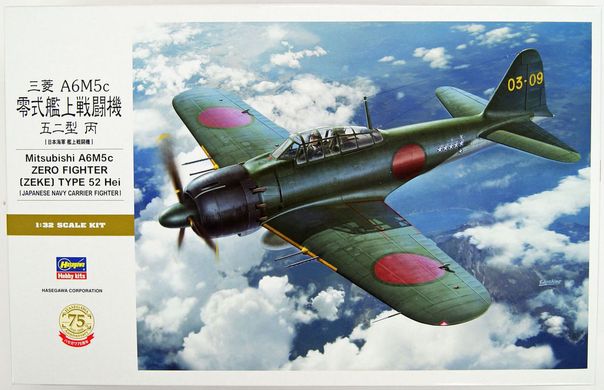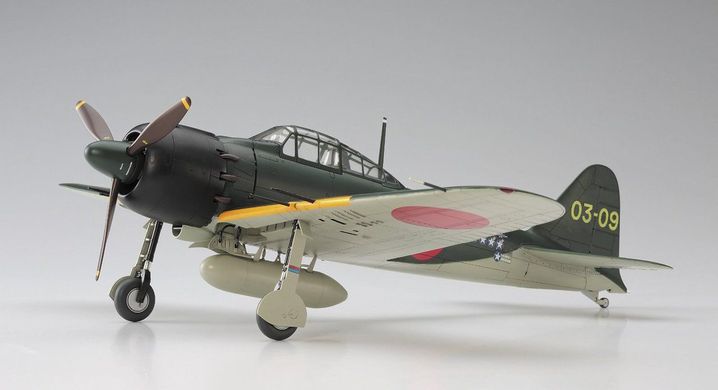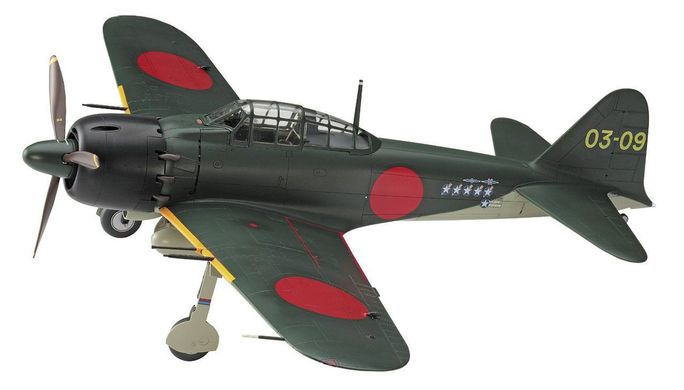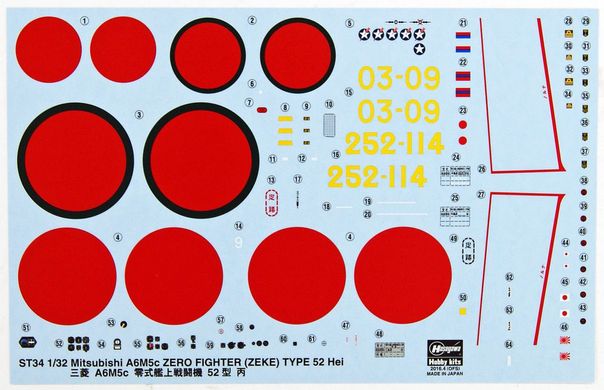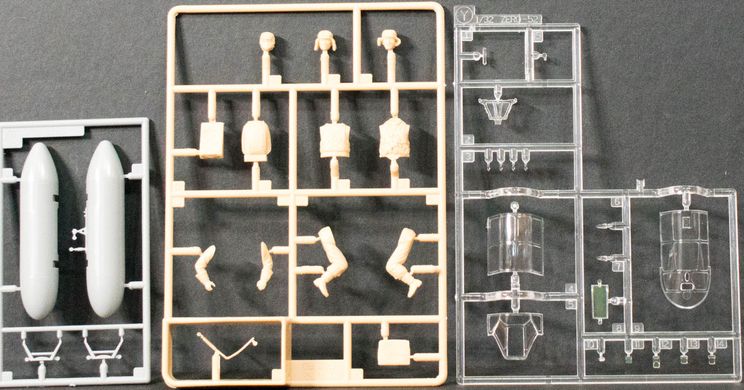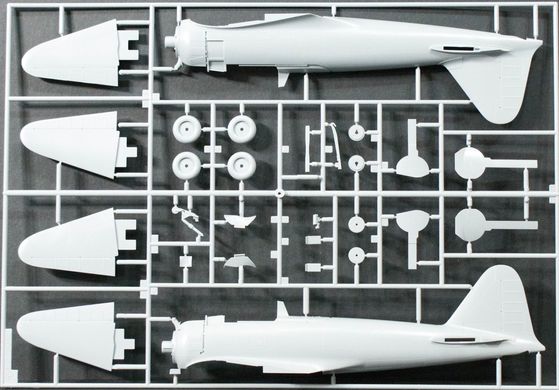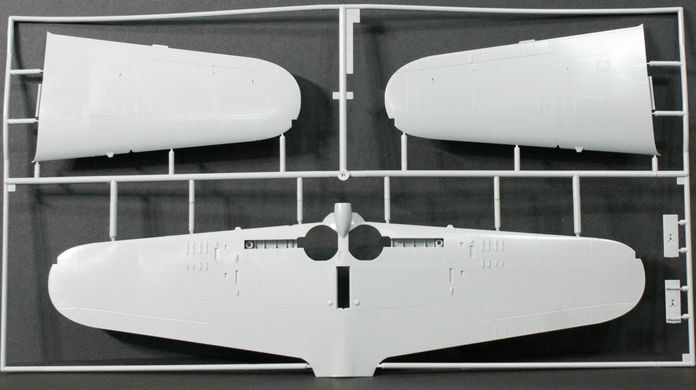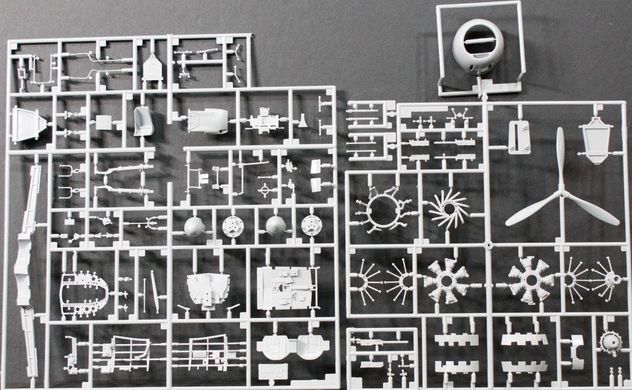The Mitsubishi A6M Reisen (also known as the Zero or Zeke) is a Japanese single-engine, all-metal low-plane aircraft of the Second World War. The flight of the prototype took place on April 1, 1939 and was adopted in the summer of 1940. The first prototypes were powered by the Mitsubishi Zuisei 13 engine, and starting with the A6M2 Model 11, the Nakajima NK1B Sakae 12. used a 950 hp engine, making the aircraft one of the best early war fighters. New versions were created immediately before and during the war. One of the most famous was the A6M2 Model 21, a special folding-wing version designed for aircraft carriers, prepared at the beginning of the Pacific War, which became the main Japanese carrier-based fighter. The next versions were the A6M3 and A6M5, each of which had several modifications. The first used a Nakajima Sakae 21 engine with a capacity of 1130 hp. with a compressor, which, however, meant an increase in weight and a decrease in range and maneuverability. Attempts were made to solve this problem in the A6M5 version by changing the exhaust system, changing the shape of the wings and refusing to fold them, which increased the maximum speed. The flight of this version took place in 1943 and was carried out until the end of the war. It is worth noting that one of the most massive modifications of the A6M5 was the A6M5C Model 52C Hei aircraft, about 5,000 of which were produced. The Zeros saw action throughout the war in the Pacific, acting mainly as carrier-based fighters, but also to a large extent as army fighters. The "father" of this famous aircraft was the engineer Jiro Horikoshi, who relied on the experience gained while working on the M5A aircraft. He managed to develop a very maneuverable aircraft, with excellent aerodynamic characteristics, perfect for combat and with a long flight range. However, this was achieved at the expense of armor and the absence of self-sealing fuel tanks. Moreover, due to the lack of aircraft engines with power comparable to American machines, every year of the war "Zero" from the "supercar", starting in 1943, evolved towards a weaker rival P-51, P-47 or F. -4 or F-6. It also proved to be a machine vulnerable to damage and very vulnerable to fire. However, this does not change the fact that the Allies did not have an aircraft capable of competing with the A6M Zero until 1943. Technical data (A6M2 model 21 version): length: 9.06m, wingspan: 12m, height: 3.05m, maximum speed: 533km/h, lift: 15.7m/s,















